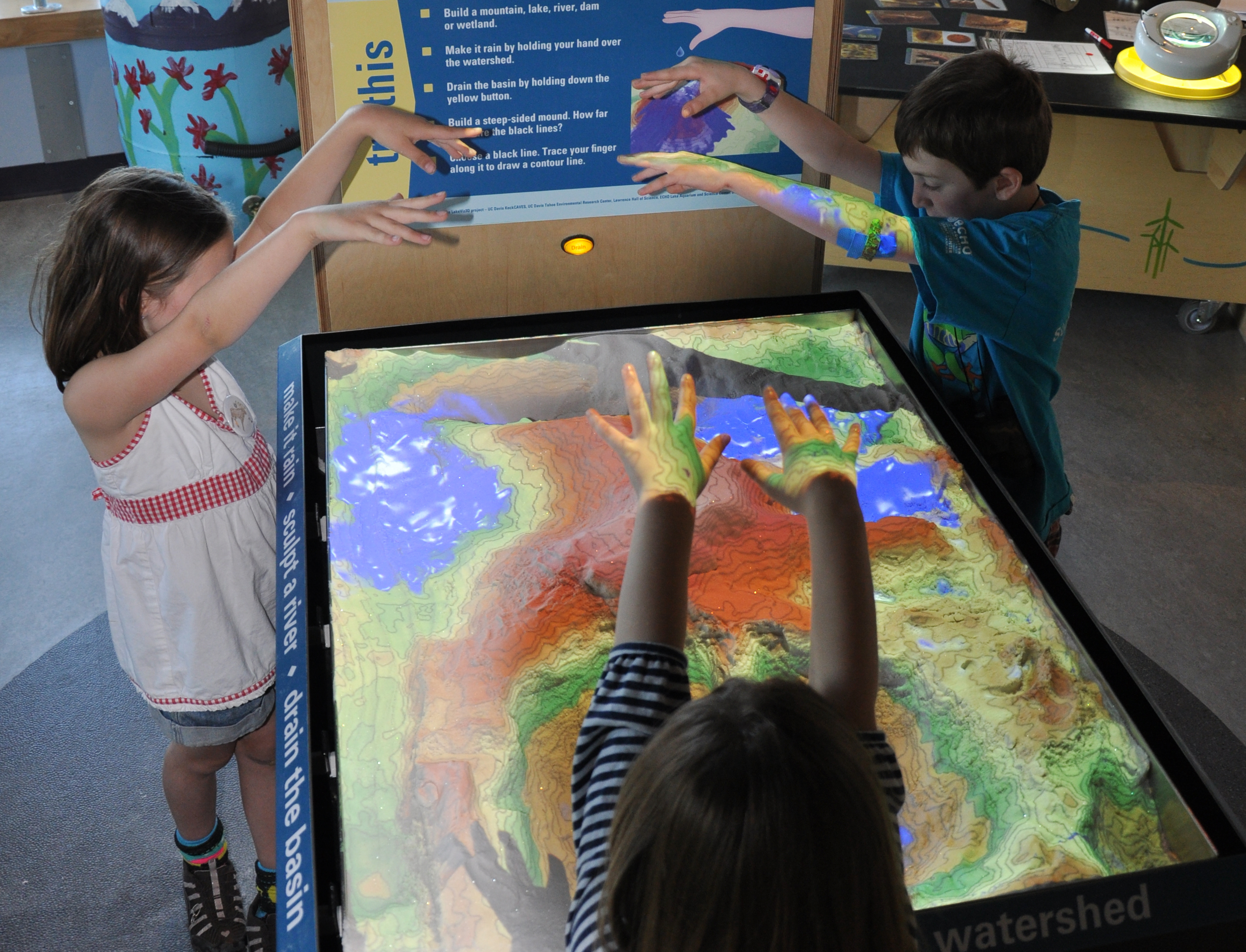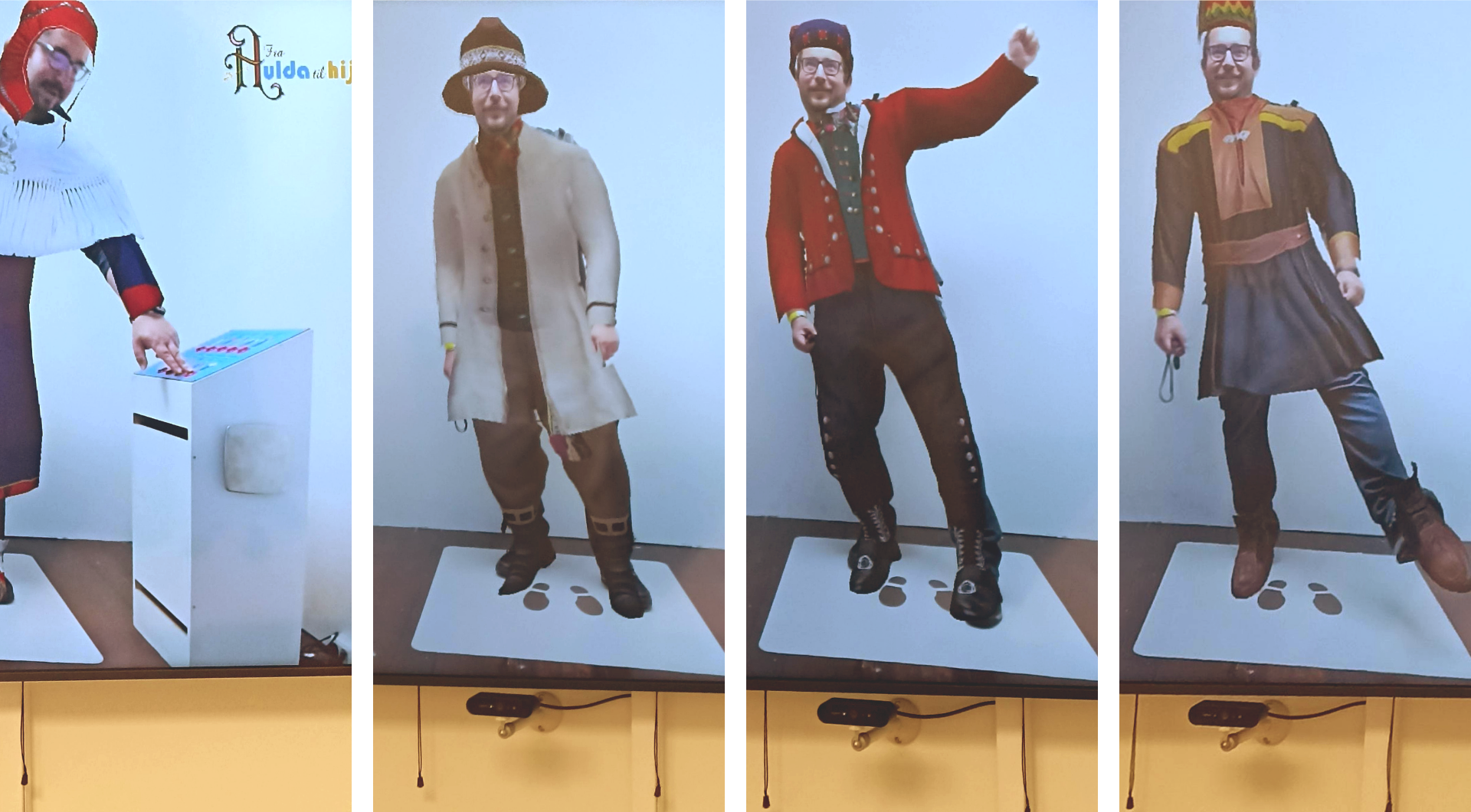I am Selim Tosun, a research assistant and Ph.D. student from Ankara University Child Development Department in Turkey.

As a Ph.D. student comes from a country full of traces of many ancient civilizations, it is easier to see how humanity loves to use visuals with writing together to improve the message. For example, the invaluable Byzantium frescoes, remarkable Ottoman miniatures, or even a serious-looking cuneiform divorce agreement tablet trying to improve what we understand from letters. I think we share the same habits today. We love books with pictures, especially children's books.
When you visit a library with a good collection of children's books, you can easily notice how quickly all kinds of visual elements in these books change and how quickly they evolve. We have a constant passion for enriching books, making them more understandable, and creating the best books for children. But perhaps due to the habit I mentioned, the change is predominantly in visual elements. Maybe another answer to our passion is hidden in the old books downstairs of the library.
When you open and smell an old book, you may feel peaceful because the scent may be telling you the story of a “hyggelig”(nice) memory, or if you recognize the scent of your grandma's apple cake in a cafe, your brain may begin to describe a summer vacation from your childhood. These are the clues for the memorability created by the scents. When I heard about the Sensory Books Project, which uses the memorability created by scents in children's books together with technology, I was very surprised and found its methods ingenious. So, I followed the scent of this innovative research and they showed great kindness of allowing me to visit the group in Stavanger and be involved. At the meeting with the project team, we shared lots of ideas and information. I had a chance to see the prototype of the scent book and that was very interesting. Because I am also interested in augmented reality, I thought that augmented reality could come along well with scents.
Augmented Reality technology alters the real-life objects' reflection on the technological world by virtually, auditory, and olfactory in real-time. For example, if you use an app that changes your face to a bunny with a shaking ear or when you hold your phone up to see where to turn then you are using an augmented reality app. There are many opportunities to use AR in education because it is located at the intersection of physical and digital educational materials. Previous research showed (Diegmann et al., 2015; Roumba &Nicolaidou, 2022) that students are more engaged, and their levels of satisfaction and concentration are higher in environments where AR-based applications are used. The reason why I like to use augmented reality in early childhood is that it allows endless add-ons. When used together, the useful features of an app and a book can be combined. It can be used in language learning by adding translation or dictionary functionality and support critical thinking skills with puzzles and hints. An AR book can be used to support the interaction between children and parents or teachers. Have a look at this example. https://birdimemory.com/en/
As the Sensory Book Project tries to augment children’s reading with scents, such an addition could be visually interesting. Maybe in the future, there could be a very hungry caterpillar with a healthier diet in augmented reality with scented flashcards. It is certain that the Sensory Book Project, which refers to our basic senses in the age of technology, will open new horizons. I can say that joining the project, even for a short time, benefited me a lot and gave me lots of new ideas. My colleagues from my university and many researchers from other countries I have met here are looking forward to the completion of the project.
Roumba, E., & Nicolaidou, I. (2022). Augmented Reality Books: Motivation, Attitudes, and Behaviors of Young Readers. International Journal of Interactive Mobile Technologies (iJIM), 16(16), pp. 59–73. https://doi.org/10.3991/ijim.v16i16.31741
Diegmann, P., Schmidt-Kraepelin, M., Eynden, S., & Basten, D. (2015). Benefits of augmented reality in educational environments-a systematic literature review. Wirtschaftsinformatik Proceedings 2015. 103. https://aisel.aisnet.org/wi2015/103
Text by: Selim Tosun


